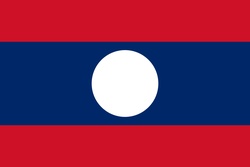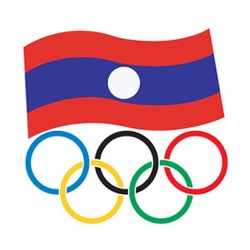Laos or Laos People's Democratic Republic is ordered Myanmar, China ,Vietnam, Cambodia, and Thailand.
Laos’s history can be traced from the fourteenth century to the Kingdom of Lan Xang or Land of a Million Elephants. It gained independence on the 19th July 1949 from France.
The capital city is Vientiane. After decades of shutting itself out from foreign influences, Laos offers a unique perspective of the traditional way of life in Southeast Asia.
It has beautifully preserved culture and boasts of lush jungles, winding rivers and the Plain of Jars archaeological site, a World Heritage site. Other tourist attractions include the capital city Vientiane, Buddhist monasteries, bustling markets, Pha That Luang the most revered national monument, Khone Phapheng waterfall and the Ho Chi Minh Trail which consists of a network of gravel roads and dirt paths used during war.
Laos People's Democratic Republic
About Laos People's Democratic Republic

National Olympic Committee

Sports
The most popular played sport in Laos is Petangue, this is a form of bowls where the goal is, while standing with the feet together in a small circle, to throw metal balls as close as possible to a small wooden ball called a cochonnet (jack).
Kabahk which is a type of archery and muai thai is a form of hard martial arts meaning Thai boxing.
Climate
According to tradition there are three seasons rainy, cold and hot.
Laos has a tropical monsoon climate, with a pronounced rainy season from May through October, a cool dry season from November through February, and a hot dry season in March and April.
Generally, monsoons occur at the same time across the country, although that time may vary significantly from one year to the next. Rainfall also varies regionally but is not always adequate for rice cultivation.
Such droughts are often regional, leaving production in other parts of the country unaffected.
Temperatures range from highs around 40°C to lows of 5°C or less depending on location.
Religion
Religion: Buddhist 65%, animist 32.9%, Christian 1.3%, other and unspecified 0.8%
Culture
Theravada Buddhism is a dominant influence in Lao culture.
It is reflected throughout the country from language to the temple and in the countries art work. Laotian music is dominated by its national instrument, the khaen, a type of bamboo pipe that has prehistoric origins.
Laos is the home to the Indochinese tiger and the Asian elephant. A number of animal species have been discovered or re-discovered in Laos in recent years i.e. the Laotian rock rat. Rice is the staple food and has cultural and religious significance.
There are many traditions and rituals associated with rice production.
